The Leaning Tower of Tottenham
Back in early January 1952, Tottenham locals read the alarming headlines in the newspaper that the ancient Tottenham High Cross monument at the junction of the High Road and Welbourne Road (now Monument Way) was in danger of falling. Tottenham Borough Council sought expert advice about the perilous state of the Cross, which stimulated discussions about the structure’s significance and origins.
Whilst the monument has often been mistaken for an Eleanor Cross, it is actually on the site of a medieval wayside marker (likely wooden) that would have identified the area at the centre of what was then Tottenham Village. Around 1600 the structure was built in brick, and the monument you see today dates to 1809.

Back to 1952: the story of the leaning tower of Tottenham at High Cross as described in the local newspapers certainly played out the drama of the moment – but it all turned out well. Rectifying the tilt of this ancient monument was a triumphal success for the workers and the council.
After developments to the High Road in the 1970s, and then amendments in 2011 to the former gyratory system, the High Cross has been on its own island where it still stands proudly (but not leaning!) today.

(This unusual view of the High Cross is through the narrow alleyway sited on the west side of the High Road. It is believed to have been taken in 1938, as part of the Tottenham Camera Club’s survey of historic Tottenham).
The Most Learned Woman in England: Bathsua Makin (c.1600-c.1675)
Over 300 years ago, Bathsua Makin was heralded as the most learned woman in England. Bathsua had been sought out be tutor to the daughter of King Charles I, Princess Elizabeth Stuart. Later in life, she set up a private school for girls at High Cross in Tottenham. These young women were given lessons in arithmetic, ancient and modern languages, history, geography, astronomy and natural history.
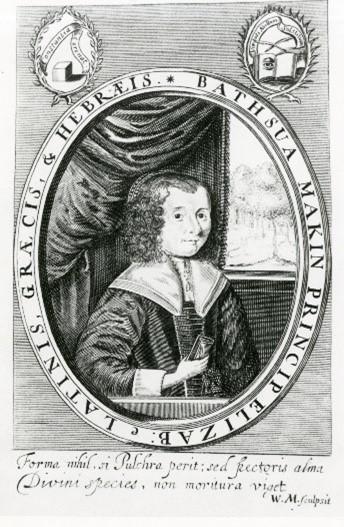
(Portrait of Bathsua Makin. From the collections and © Bruce Castle Museum and Archive)
Bathsua believed that women should have access to the same level of education as men. In 1673, whilst teaching in Tottenham, she wrote a paper on the Education of Women. Many view this as the first text by an Englishwoman advocating for women's education. Her exceptional beliefs were certainly ahead of her time.
The work of Bathsua Makin laid the foundations for future campaigners for women's education and equality. She helped set the stage for Tottenham's role as a hub for radical and reformist education in London.
Further resources
Women's History Maps - Tottenham
Landlady at the Rose & Crown: Sarah Hoyle (1609-? late 1600s)
Some might remember back to the early 2000s when the Rose & Crown pub stood on the corner of Monument Way where it meets the High Road (numbers 342-344). Although not the original building, this pub had stood here for well over 350 years.

Now long gone, a very small piece of evidence of the pub’s distant past has survived in the form of a trade token (like a coin). You can see it today on display in Bruce Castle Museum and Archive. What the trade token shows is something quite extraordinary - the name of Sarah Hoyle(s) who was the owner or landlady of the Rose & Crown in 1665 – the same year as the Great Plague of London. From these few sparse details on this tiny token, it has been possible to piece together something about Sarah’s life.
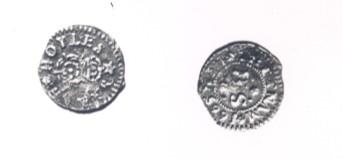
(Front and back of trade token, 1665. From the collections and © Bruce Castle Museum and Archive)
From documents we know Sarah was born into a family involved in the inn trade. Her parents - Henry and Sara Bowman - are described in her baptism record as 'victuallers' (persons licensed to sell alcohol). She married an alehouse keeper, Henry Hoyle, at All Hallows' Tottenham on 1 January 1639. And together they had three children Lucretia (b. 1640), Blanche (b.1643), and Sara (b.?), who sadly died in 1648. Sarah Hoyle was widowed in 1656, and it is clear from that 1665 trade token that Henry left his worldly goods to his wife, as she carried on running the Rose & Crown long after his death. We don’t know when Sarah died. Hopefully being on the bustling High Road kept her busy into old age.
So here is a story where the chance survival of a 17th century trade token has helped to reveal more about the life of a woman in the 17th century running her own business in Tottenham.
Tottenham’s National Unemployed Workers Movement (NUWM)
Behind 375 High Road is High Cross Court. This was once the location of the Tottenham centre of the National Unemployed Workers Movement. The organisation of the unemployed had started with the Right To Work movement before the First World War, and the NUWM set up several long distance marches, mainly from the worst hit areas into London. This early example of direct action set the stage for solidarity campaigns in Tottenham throughout the 20th century.
Fighter for Rights and Founding Member of the Tottenham NUWM: Margaret Mitchell (1897-1991)
Mrs ‘Mitch’ Mitchell was an exemplary fighter for the rights of the unemployed in Tottenham during one of the biggest crises this country had ever faced in the early 20th century. Her activism was very hands on, taking to the street as well as becoming one of the founders of Tottenham National Unemployed Workers Movement during the economic slump of the 1920s.
A young mother of three, Margaret was widowed in 1926 when her husband died from injuries sustained during the First World War. She also witnessed her brother unable to claim a pension despite his own severe war wounds. As part of her activism, Margaret often spoke to men outside the Labour Exchange in Tottenham, advising on benefits. She organised and took part in regular demonstrations and hunger marches.
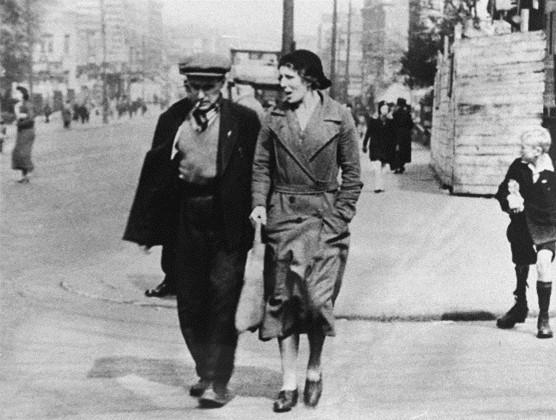
(Margaret Mitchell and a Welsh miner walking along Tottenham High Road, circa 1928. From the collections and © Bruce Castle Museum and Archive)
Margaret Mitchell was also a committed anti-fascist and was involved in the ‘Battle of Cable Steet’ in 1936, resisting the presence of Oswald Mosely’s fascist ‘Black-shirts’. In her own words:
‘We from Tottenham had a very good contingent fighting the Black-shirts at Cable Street […] there was that solidarity among the people.’
Quoted in Local Herstory: Lives of Women in Haringey Exhibition Catalogue, © London Borough of Haringey, 1987. (Copies of this booklet are available to purchase at Bruce Castle Museum & Archive).
Further resources
Women's History Maps - Tottenham
The Swan, a Fishy Tale and the Number 73 Bus
So, what connects an elegant white swan, a fish and a bus? The ancient Swan Public House in Tottenham!
On the corner of Philip Lane and the High Road, overlooking historic Tottenham Green, the Swan Pub was probably the oldest surviving tavern in the district. Until 2008 when the pub closed for good, it was still serving locals and passers-by along the busy High Road – and had been doing so from around 1455. The original building may have long gone, but the last building it occupied still stands, now a popular food outlet.
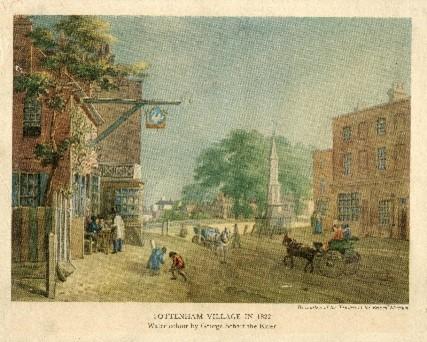
(Tottenham Village in 1822, by George Scharf the Elder (1788-1860))
Positioned by the ancient Tottenham High Cross, the Swan Pub had been a notable landmark and watering hole for centuries with - originally - travellers and their horses stopping here as they passed through Tottenham Village. In more recent times it was a well-used ‘local’ - a venue for locals to socialise over a drink. Despite its last few years of operating being troubled, locals still remember going to the Swan to enjoy food, drink and live music. It was an important meeting place for bus workers from the neighbouring Tottenham bus depot on Philip Lane (which had been in operation since 1913).

(The Swan, 1890. From the collections and © Bruce Castle Museum and Archive)
Further resources
‘Haringey Pubs’ by Chris and Hazel Whitehouse (Tempus, 2004)
For music memories of playing and singing at The Swan during the 1960s
‘The Pubs of Tottenham High Road: A Short Historical Account of Pubs and Clubs of Tottenham High Road Past & Present’ by Norrie Doyle (2014)
‘All Change - This Bus Terminates Here’
It is no coincidence that the Tottenham bus depot in Philip Lane was built near to the Swan in 1913. The Swan became a convenient stopping point and then eventually the beginning and the end for routes for early public transport – a horse-drawn stage-coach (from the 1820s) at first and then horse-drawn ‘omnibuses’ or bus (from the 1840s until early 1900s), and then horse-drawn (followed by electric) trams from 1886.
From 1914 the Number 73 bus route (to Victoria Station) operated out of the Tottenham bus depot and terminated there. Those that recall the original and iconic red Routemasters of the 1950s and ‘60s will remember the bus blind at the front and back of the Number 73 bus with ‘TOTTENHAM Swan’ as the bus terminus.
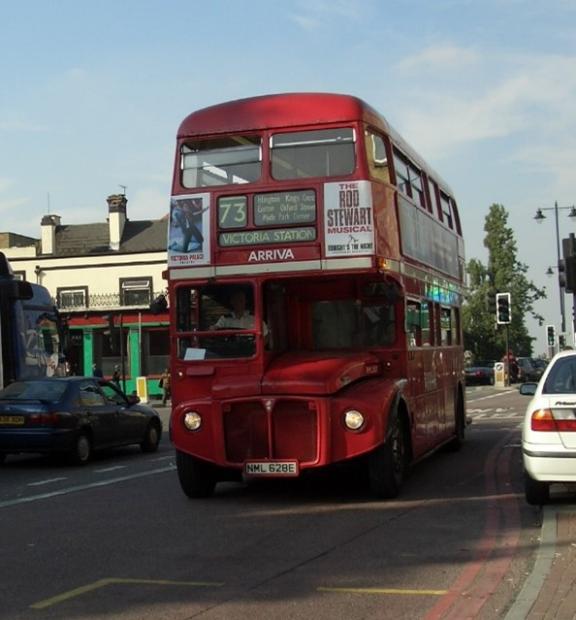
(The very last Number 73 Routemaster Bus leaving the Tottenham bus depot on 4 September 2004. From the collections and © Bruce Castle Museum and Archive)
Sadly, on 4 September 2004 the last 73 Routemaster operated out of Tottenham bus depot, when the old Routemasters were phased out for the new (and short-lived) articulated or ‘bendy’ buses. By September 2011 the last stretch of the 73 bus route to Tottenham was cut, with the route only going as far as Stoke Newington. And so Tottenham was no longer the end of the line for the Number 73.

(The Number 73 Routemaster bus with ‘Tottenham Swan’ as the last destination, en route to the bus depot. Taken on 4 September 2004. From the collections and © Bruce Castle Museum & Archive)
A Fishy Tale: Izaak Walton – a Fisherman’s Friend
Sandwiched between the old Swan Pub and the building nextdoor in Philip Lane is a door with the name ‘Izaak Walton Apartments’ above. The name Izaak Walton recalls the time when the Swan Pub became the setting of what has become one of the world’s most read publications! This isn’t reference to a new best-selling novel, however.
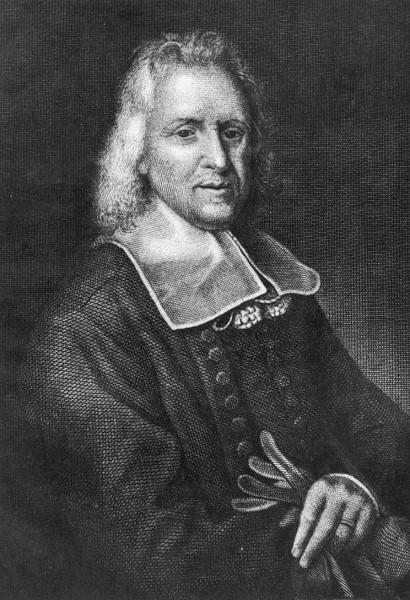
If you are into fishing (and maybe if you are not), then ‘The Compleat Angler’ might be a title on your bookshelf. The book is about the art of angling and describes, amongst other things, the best places to fish – the nearby River Lea in Tottenham being one of them. But this book by Izaak Walton (1593-1683), who loved his fishing, was written centuries ago, published in 1653.
It is more than a fishing manual or instruction guide. It is a discussion about the joys of fishing and it clearly still connects and captures people’s interest today. Izaak Walton came to Tottenham to experience fishing on the River Lea himself – and also enjoyed the ambience and a drink at the Swan whilst he was visiting. Read more about the Father of Anglers and fishing in Tottenham .

The Compleat Angler is a book that has never been out of publication since it was first published almost 370 years ago! That’s some print run!
Further resources
‘Haringey Pubs’ by Chris and Hazel Whitehouse (Tempus, 2004)
‘The Pubs of Tottenham High Road: A Short Historical Account of Pubs and Clubs of Tottenham High Road Past & Present’ by Norrie Doyle (2014)
The Skeleton Horse
One of the quirkier stories to come from Tottenham can be discovered in Fred Fisk’s History of Tottenham (1923), where we learn about the skeleton horse on the High Road:
‘Next to the Grammar School, standing back from the roadway with the green in front, opposite the Public Library, formerly stood a farrier or blacksmith’s shop, where the much-spoken of skeleton horse was placed over the gateway …. At the farrier’s shop …resided the family of Turner’s, one son was a farrier, another a veterinary surgeon. The statement made [to me, about the skeleton] ….. was that a horse belonging to a gentleman residing in Stamford Hill, which frequently passed through Tottenham, having a difficulty in dragging its load up the High Cross Hill, became a great favourite with its inhabitants.
On one occasion the horse slipped opposite the farrier’s, and in the fall broke one of its front legs. The animal was taken in hand by the veterinary Turner, and so skilfully was the broken leg set and put right, that the owner gave the horse to the vet, on condition that he did not part with it. The horse was used for some years by the vet in pursuit of its business. When the horse died … [he] fixed the skeleton by means of iron supports, and placed it over the farrier’s shop, where it served the purpose of an advertisement for the veterinary surgeon as well as for the farrier.’
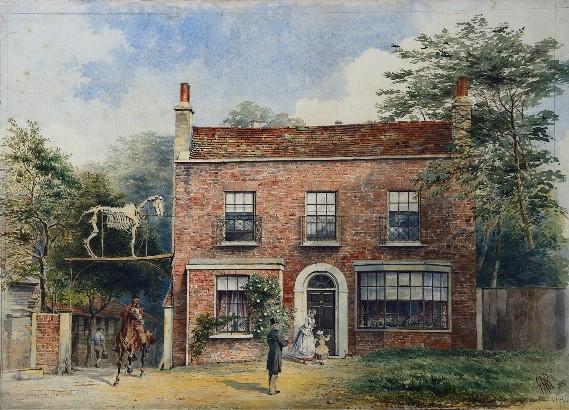
(‘Turner’s House’, 1881. Artist unknown. From the collections and © Bruce Castle Museum & Archive)
In 1881 Turner’s house was demolished and replaced by the striking crenellated terrace of houses of Rawlinson’s Terrace, which stand on this site today. (Rawlinson’s Terrace had been built by builder James - possibly with his son William – Stringfellow, and named after William’s wife, Emma Rawlinson.)
And the skeleton horse? Well, it was moved across the road to the parade of shops opposite on Tottenham High Road and placed on top of the ornate shop hoardings of Coleman’s the undertakers! After further developments to the High Road, Coleman had all but three of the skeleton horse’s bones cremated. Fisk (1923) tells us the fate of the three remaining bones: ‘One of these Mr. Coleman keeps as a memento; the others were given to a Tottenham lady friend, who preserves them in her hall.’

(Looking North along the High Road. The skeleton horse can be seen on top of the building on the left, with part of the High Cross visible to the right of the picture. C.1895. From the collections and © Bruce Castle Museum and Archive)
Who knows where they are now…
You can read more about the Skeleton Horse and how the story still grabs the imagination today, as well as see more pictures and photographs from the collections of Bruce Castle Museum and Archive
Location
High Cross History
Tottenham High Road
Tottenham
N22 8DW
United Kingdom